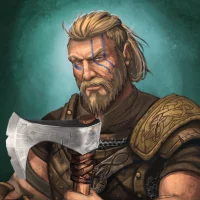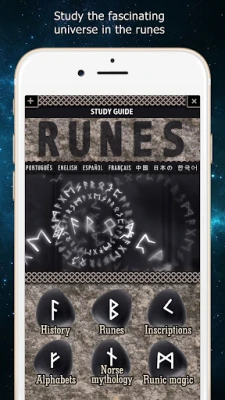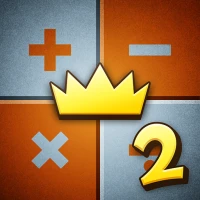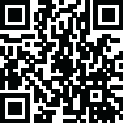
Latest Version
0.0.5
November 07, 2024
Theago Liddell
Education
Android
0
Free
com.theagoliddell.runesguide
Report a Problem
More About Runes Guide
The Fascinating History of Runic Inscriptions: From Ancient Scripts to Modern Usage
Runic inscriptions, the earliest of which date back to around 150 AD, represent a significant chapter in the history of written communication. These unique characters, used by various cultures across Europe, gradually fell out of favor as the Latin alphabet gained prominence, particularly during the Christianization of Europe. By approximately 700 AD in central Europe and 1100 AD in northern Europe, the transition to Latin was largely complete. However, the legacy of runes continued, especially in northern Europe, where they found specialized applications that persisted well into the early 20th century.
The Enduring Legacy of Runes in Northern Europe
Despite the decline in everyday use, runes maintained a presence in rural Sweden, particularly in the Dalarna region, where they were employed for decorative purposes. Additionally, runic calendars, which served as a means of tracking time and significant events, showcased the adaptability of these ancient symbols. This enduring legacy highlights the cultural significance of runes, even as societies evolved and embraced new writing systems.
Exploring the Three Prominent Runic Alphabets
The history of runes is marked by the development of three primary alphabets: the Elder Futhark, the Anglo-Saxon Futhorc, and the Younger Futhark. Each of these alphabets reflects the linguistic and cultural shifts of their respective eras.
1. Elder Futhark (150–800 AD)
The Elder Futhark is the oldest known runic alphabet, consisting of 24 characters. It was widely used by Germanic tribes across Europe and is believed to have been influenced by the Etruscan and Latin alphabets. This script served various purposes, including inscriptions on stones, weapons, and personal items, showcasing the importance of written communication in early Germanic societies.
2. Anglo-Saxon Futhorc (400–1100 AD)
As the Germanic tribes migrated and settled in Britain, the Anglo-Saxon Futhorc emerged. This alphabet expanded upon the Elder Futhark, incorporating additional characters to accommodate the sounds of the Old English language. The Futhorc played a crucial role in the documentation of Anglo-Saxon culture, literature, and law, reflecting the rich heritage of the time.
3. Younger Futhark (800–1100 AD)
The Younger Futhark, which evolved from the Elder Futhark, is characterized by its streamlined design, consisting of only 16 characters. This alphabet is further divided into three distinct categories:
- Long-branch runes: Also known as Danish runes, these were primarily used in Denmark but also found in Norway and Sweden.
- Short-branch or Rök runes: Often referred to as Swedish-Norwegian runes, these were prevalent in Sweden and Norway, showcasing regional variations in runic writing.
- Stavlösa or Hälsinge runes: These staveless runes represent a unique adaptation of the Younger Futhark, further illustrating the diversity of runic scripts.
The Evolution into Medieval and Dalecarlian Runes
The Younger Futhark continued to evolve, giving rise to the Medieval runes, which were in use from 1100 to 1500 AD. This period saw a blend of traditional runic elements with influences from the Latin alphabet, reflecting the ongoing cultural exchange in Europe. Following the Medieval runes, the Dalecarlian runes emerged around 1500 to 1800 AD, primarily in the Dalarna region of Sweden. These runes represent a fascinating intersection of ancient tradition and modern adaptation, as they were used for both practical and decorative purposes.
Conclusion: The Cultural Significance of Runes
The history of runic inscriptions is a testament to the resilience of cultural identity and the evolution of language. From their origins in ancient Germanic societies to their specialized use in rural Sweden, runes have left an indelible mark on the cultural landscape of Europe. As we continue to explore the significance of these ancient scripts, we gain a deeper appreciation for the rich tapestry of human communication and the enduring legacy of written language.
Rate the App
User Reviews
Popular Apps

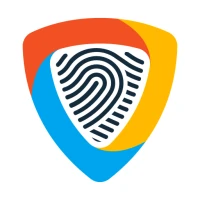







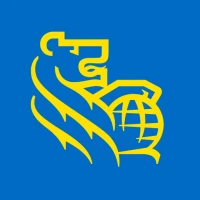
Editor's Choice






